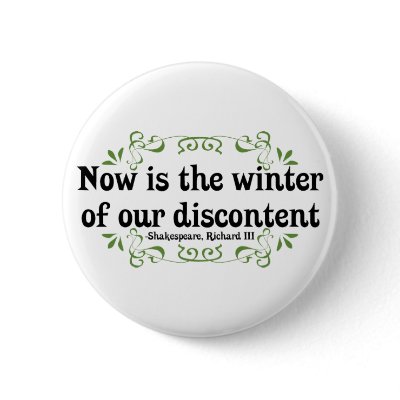We’re leaving too much of our audience cold, despite the fact that we now have content plans. Brian Solis of the Altimeter Group bloggedon a new report released by his colleague, Rebecca Lieb, “Content: The New Marketing Equation Why Organizations Must Rebalance.” A principle take-away is that, while we’ve been more conscious about creating what we think to be relevant content, we’ve ignored the fact that what was once a static audience is now an audience with an audience of audiences. As a result, we’re only delivering value to a small slice of our potential constituency. The rest are left chilly.
it’s up to us to assure we’re speaking content that people find relevant and valuable. We must plan for it.
- Why would anyone care about this?
- Is there anything about this someone might want to share?
- Are we consistently delivering content that would make people want to come back to us and stay connected?
- Is there something here that would make constituents invest time/express loyalty?
- Are our competitors doing this more effectively than are we?
One way to warm things up so that our audience doesn’t migrate away looking for warmer climes is to look at the big picture and plan ahead. Maybe Joe ‘liked’ our FB page when we were sunny (funny, cute, playing games, showing photos); now he sees the weather is better someplace else (funnier, cuter, better games, rewards, videos) so he’s moving over there. We have to figure out how to make him think the weather here is still plenty fine.
It’s really tough to sustain the attention of an audience that’s being bombarded by competing messaging. To do so, we have to continually serve up tasty content. And this means we have to know our customers’ tastes. It’s a lot of work. It’s essential, however, because all the content we provide is now going to end up in our customers’ streams. And they won’t want content in their stream that doesn’t make the grade. Why? Because they share their stream with their own audiences. And they don’t want to look cheesy. They’ll edit our content out if it’s not up to snuff.
To stay in the game, and be continually relevant, we have to provide content along a continuum — at every step of the engagement path where our customer may be – from awareness… to interest… to involvement… to investment. Rebecca Lieb’s report recommends an always-on approach that is continual, rather than episodic.
If we provide only destination content, then we’re missing the journey. In other words, if we merely push out our sales pitch and products rather than pull our customers into a mutually beneficial dialogue that takes consumer perspectives and values into account, then we’re really engaging in “anti-social” content or what can be termed ‘social media’ as an oxymoron. Brian Solis, who also authored The End of Business as Usual, coined this phrase and notes that a content plan that is one-sided ignores the value of listening:
The never-ending journey is what keeps us warm and engaged. Another way to think of what we must do is to consider the term brand journalism or brand publishing. This means thinking about telling stories, providing entertainment and sharing news our constituents can use through new media channels. This is the opposite of exploiting the channels to simply cut down trees that no one may want (i.e., broadcasting our message as usual).
The entire organization must commit to the journey if this is to work. It’s a multi-channel world; if we’re only in traditional channels, our chances of capturing and retaining constituents’ attention are minimal. It’s a social world; if we’re only in traditional media, we’re simply not competitive. If our leaders don’t embrace all of the above, we’re (to quote an old Saturday Night Live character, Ed Grimley, played with great hilarity by a young Martin Short) ‘doomed as doomed can be.’
An internal way to view the journey is as an evolutionary path toward maturity. The Altimeter Group has presented this in a user-friendly infographic and chart that says it all.
No matter which way we look down the road, we have to keep easing on down. Yes, we need effective content strategies. Yes, we need engaged leadership. Yes, we need an integrated (vs. siloed) corporate culture that embraces our multi-channel, digital world. Most important, it takes understanding that our audience is more diverse than we think it is (remember the PFKATA). We have to be active and creative to keep our multiple constituencies inspired and warm.








